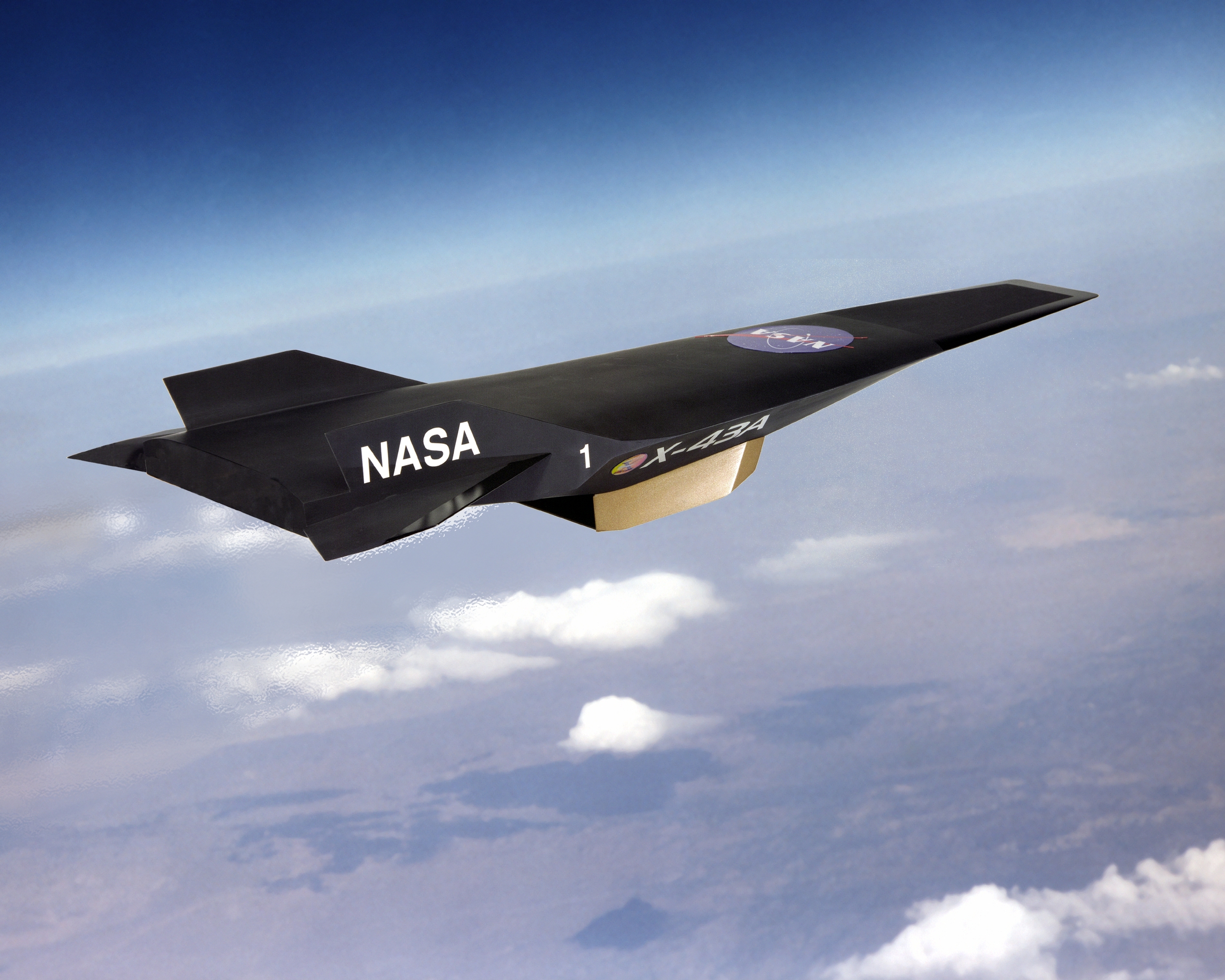The dawn of the airplane changed the way we humans viewed the world. In a relatively short amount of time, travel across oceans was reduced from a month or more onboard a sea vessel to a few hours in the air. Getting from one side of the country to the other no longer meant spending days on a train, but a quick flight across state borders. It’s easy to see why planes were welcomed so eagerly into modern society.
But beyond convenience, have you ever taken the time to just consider the technology behind airplanes and what they are capable of?
Airplanes can be divided into several categories of propulsion method: propeller and jet engines (which are the most commonly used), rocket and ramjet engines (less so), and electric engines (mainly for research). Anyone who has flown commercially is probably familiar with the Boeing -700 series, the most common commercial jet used by airlines. These vehicles shuttle an average of 8 million customers across continents on a daily basis, cruising 6 miles in the air at speeds around 400-500 miles per hour. Those numbers might seem incredible, but really they pale in comparison to what aircraft are capable of.
Planes today generate speeds, distances, and movements unheard of 50 years ago. The United States Navy’s flight squadron, the Blue Angels, demonstrate the maneuverability and speed of F/A-18 Hornet fighter jets utilized in military applications. The NASA X-43 is a scramjet (variation of ramjet) aircraft that currently holds the speed record at Mach 9.7 (nearly 7,500 miles per hour), while the Rutan Model 76 Voyager was the first plane to fly around the world, nonstop, in just over 216 hours.
All of those amazing abilities must create some wear and tear on the vehicles, right? If that’s what you were thinking, then you’d be correct and that’s where Hill Engineering comes in. We love airplanes; in part because of what they mean for those with families in faraway places, those with a little bit of wanderlust, and everyone in between. But it’s also because we happen to be a group of engineers with expertise in fatigue analysis and residual stress. We love working to make planes more reliable: understanding how the materials and the manufacturing processes ensure a safe, enjoyable ride for everyone soaring high in the sky. Again, and again, and again.

A NASA X-43 soaring through the skies